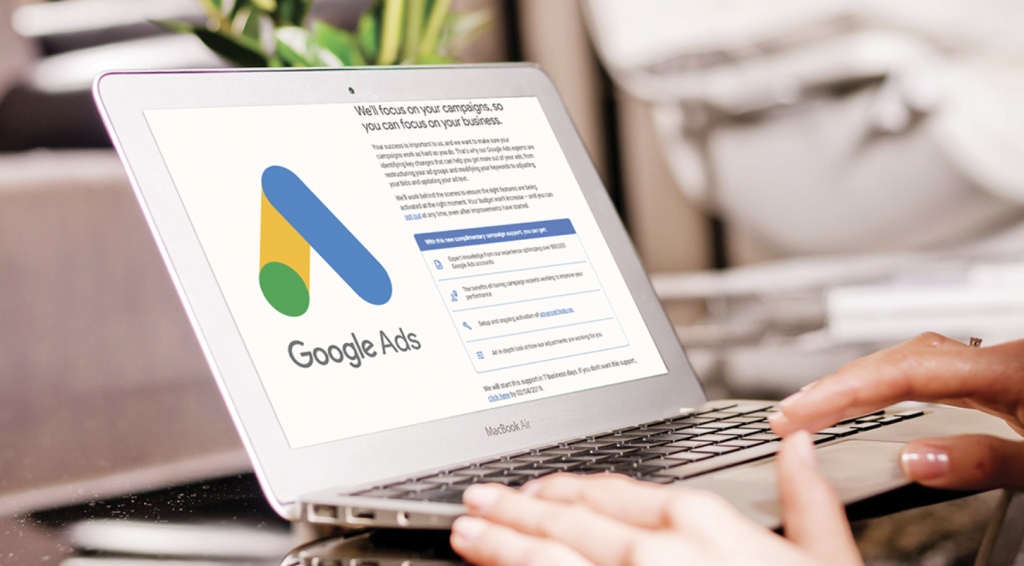You’ve probably heard how important SEO is for your company some time over the last ten years, but if your business is already doing well, how important is SEO for your marketing strategy?
What is SEO?
Search Engine Optimisation (SEO) is what makes it more likely for customers to find your company in the sea of websites that populate all major search engines. It will aid in establishing and growing the online presence of your company or brand.
Google has not released exact figures, but analysts estimate that over a billion searches are conducted daily through smartphones and desktop computers, with 20% of these relating to local businesses.
When it comes down to it, the most crucial question that you must ask if you’re considering SEO and ads is: how important search is to you.
Despite the fact that SEO is one of the most powerful marketing tools available, it’s not the only thing that you should be relying on for your marketing. Another key strategy to consider that will integrate and complement your SEO is Google Ads.
Google Ads
Google Ads is a popular marketing tool utilised by many businesses that allows you to create, post, and monitor advertising of your brand within Google, and drive sales and lead conversions.
Whatever the size of your company, you can use Google Ads to advertise your goods or services through any of Google’s channels. This includes Search, YouTube, and Shopping.
Ads can appear at the top of search results, in local map packs, before and during YouTube videos, and on websites that use Google’s Ad Sense program.
In Google Ad campaigns, content and graphics are becoming increasingly popular. Since a consumer is subjected to over 6,000 advertisements every day, you must stand out in order to capture their attention. This is where quality content and graphics can help, influencing the success of both Facebook and Google Ad campaigns by up to 80%.
How does it work?
Google Ads, also known as pay-per-click (PPC), is based on a bidding scheme. Individual companies place bids for their advertisements to appear in these Google ad locations in order to increase their chances of being seen by target audiences.
At the most basic level, Google considers your bid number, multiplies it by your Quality Score, and then ranks the top ads in their respective advertising spots. If your ad is seen, you only pay when it is pressed (hence pay-per-click).
Small businesses investing in paid online advertising for the first time may find the Ads bidding process daunting or tedious, but Google reports that businesses profit $8 for every $1 spent on Google Ads. For SMBs and local companies, this rate of conversion can be a major benefit.
Creating an ad
Giving in to the power of statistics is the key to maximizing your advertising. You can never be sure which imagery and content will work best, but you can now put your best guesses to the test. Between 3 and 5 is the magic number. In each ad category, test at least three and no more than five advertisements to see how you are tracking.
Integrating targeted dimensions for viewers in your campaigns is also essential: socio-demographics, time of day/day of week, geography, and device use can all be selected.
Working with a low budget on Google Ads
1. Avoid broad terms
Concentrate on keywords and provide locations where possible within your ad. Google Ads will allow you to find potential leads in your local area that are further down the sales funnel and ready to buy using this information.
2. Concentrate on the quality ranking
Google’s system uses a Quality Score (QS), which is a measurement of how good the advertising, key words, and landing pages being used in the ad are.
If you’re budget’s low, Google will turn to your QS when deciding where to rank your ad, so make sure you focus on perfecting these elements of your ad.
3. Adjusting by audiences
Using your target audience makes sense when advertising, but another consideration is the audience data of your competitors.
Research their key demographics and key words and use this information when creating your own ads. You can also adapt your audience target settings over time using Google Analytics, which will show the performance of your landing page and the key audience information for web visitors.
4. Exclude what’s not performing well
With a limited budget you don’t want to waste any money on ads that are not working or are tracking low conversions. Remain vigilant in your monitoring of ad performance and remove the unsuccessful ads so you can reinvest your budget to those which are yielding the strongest performance.
5. Quickly react to Google updates and changes
It’s critical that low-budget small business accounts adapt rapidly as Google adjusts and tests new functions. When your monthly budget is less than $5,000, any wasted funds can have a significant impact on your lead generation, so make sure you stay abreast of any Google Ads news.
6. Get listed on Google My Business
Google My Business is a database of business listings that populates Google Maps and the Local Pack (that map and three business options that appear at the top of searches with a specified location).
Creating a Google My Business account, in addition to adding keywords, is another way to give Google a hint that your company would be a good result to show users.
While this is a free, organic function, it’s a great support to use to provide credibility to and Google Ads you have posted.




